Harnessing the Heroic Narrative of Creative Motherhood
In the fight for diversity, equity, and inclusion, creating platforms that give voice to the nuanced experience of all parents will identify how the theatre culture at large can act to make better pathways back in for those left out of the discussion, thus directly affecting the pipeline, content, and population of our craft. The Parent Artist Advocacy League for the Performing Arts (PAAL) is a national resource hub and all-parent, all-discipline league advocating for a national standard of best practices for parents in the performing arts. This HowlRound series builds on the work of PAAL and will cover challenges faced by parent artists and offer some solutions and advice.—Rachel Spencer Hewitt, series curator.
My first thought after giving birth was, “Why aren’t history books filled with birth stories? Where are the epic poems and novels about bringing forth and raising a full human being?” The work is so intense, you cannot flee from it. For me it was like battling a three-headed demon while vomiting repeatedly from the pressure of a massive tornado raging through my body. And then suddenly, motherhood. Still shaking from my birth odyssey, I held my daughter’s purple, frog-like body against my chest, and I realized that I would never again be one. I am now forever divided.
A recent New York Times article titled “The Birth of a Mother” discusses “matrescence,” the transition into motherhood. Quoting the psychiatrist Dr. Daniel Stern, the article reminds us of what we continue to forget, “that becoming a mother is an identity shift, and one of the most significant psychological and physical changes a woman will ever experience.”
It’s a tired fact that the US has one of the worst maternity-leave policies in the world and very little to show for when it comes to accommodating mothers.
For months after the birth of my daughter, while living in an always bleeding, sweating, and leaking body, I experienced a perpetual shattering of my identity. I kept saying: “I’m spilling over and don’t know how to contain myself.” Maggie Nelson accurately describes birth in her book The Argonauts as “an obliteration of self.” What previously had been uniquely me was now in question, which was terrifying. But I also felt an intense kinship with other mothers. How did this world contain so many of them? Seemingly ordinary women, but each holding a wild and unwritten journey. I began to revere them. And then, as a performer—an interpreter of archetype—I re-summoned in the mothers I had played and studied. They were suddenly so much more available to me. Ghost-mothers, angel-mothers, thief-mothers. Murdering mothers. I absorbed them all, even the ones that hadn’t been created. I conjured them in my sleep, or while feeding my child with milk from my breasts. I made them larger, fuller, and more. I gave them more lines, more space. And I included the births, the blood, and the wildness of it all. I had a wealth of creativity; it was like I had tapped into a new perspective of imaginative thinking.
I wondered if people could tell when they saw me on the street, suited up in a baggy muumuu covered with milk and puke stains. Did they know I was a birth warrior? I doubt it. The dissonance between my inner life and the world outside was palpable, and revealed a culture that has no language for understanding or honoring motherhood. No rituals. No systems. It’s a tired fact that the US has one of the worst maternity-leave policies in the world and very little to show for when it comes to accommodating mothers. But what I didn’t know was that my motherhood would render me invisible.
After birthing a healthy human, I got a $750 disability check from the government. When asked to declare the reason for my disability, I checked “pregnancy.” Unseen. When asked to participate in an exciting workshop with a director I was dying to work with, the theatre called to say that their housing did not accommodate artists with children. So they asked a childless actor instead. Unseen. No knowledge of our increased complexity, no ceremonial knighting, no help on the subway, no strollers on the bus, no room for strollers in the aisles of the grocery store, no rooms for pumping, no serious room for motherhood as a genre, no room for motherhood and birth on stage, no room for accurate representation of birth on TV and film. Birthing mothers are shown as hysterical, violent, or terrified, never as wild warriors going into battle. If the heroic narrative of becoming a mother carried equal importance to that of the soldier returning home from war, our bookshelves, theatres, and cultural histories would be packed with stories about birth and motherhood. Unseen.
Becoming a mother forced me to rethink my work and invent new paths of expression.
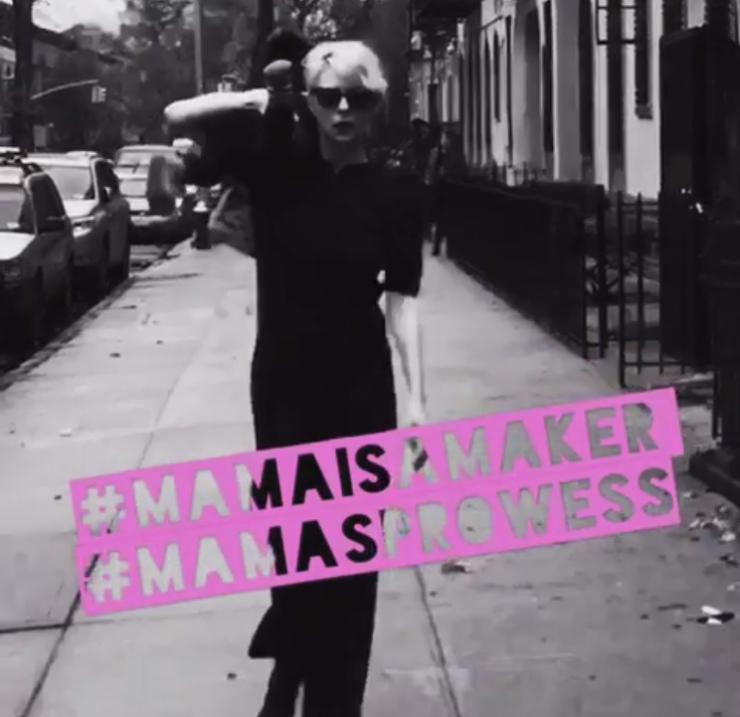
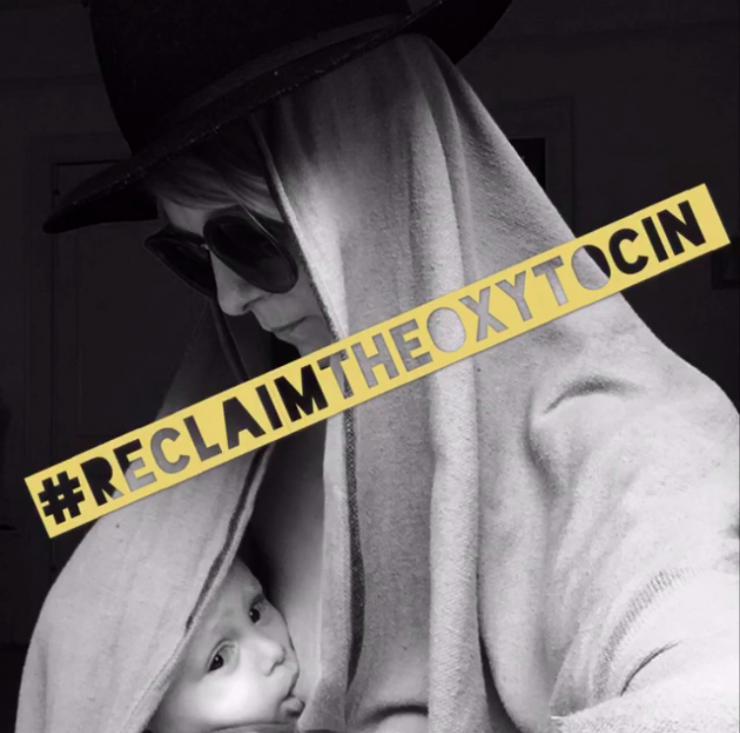
I went into motherhood wildly and established a new sense of self, one that did not belong only to me, but also to my daughter, and to other mothers and their children. Every day, I fight to protect the power of this shared story as it lives in me, and other mothers, and to prevent it from being diminished by lack of room. I joined the steering committee for Parent Artist Advocacy League (PAAL) and took great comfort sharing stories with other mother-makers. I started collectives with other mother artists (#mamaisamaker, for one) where we challenge each other to make, make, make. Not in spite of motherhood, but because of motherhood. Every week the project participants submit a video, photo, or piece of writing on Instagram, inspired by a collective prompt. Participants can take five minutes or five hours to make something, whatever they are able to give that week. The point is to provide a creative path for mothers who feel that they lack the ability or opportunity to create. The project was inspired by visual artist and mother Lenka Clayton, who has created an online template to create an Artist Residency in Motherhood. Becoming a mother forced me to rethink my work and invent new paths of expression. Because I couldn’t afford childcare to rehearse my own work, my colleague and I went to a friend’s cabin upstate and rehearsed with our children in the room. We began to envision a piece where two mothers try to perform for an audience while also having to tend to the needs of their children. An embodied expression of our continued balancing act. I make my own work to ensure representation. I look after my friends’ children so they can go to a rehearsal. They look after my daughter. We carry each other’s stories.
Mothers are everywhere. Biological, adoptive, or self-proclaimed. Google tells me there are eighty-five million mothers in America—two billion in the world. And we keep increasing. It’s the way things go. It’s time for the theatre community to see us, to empower mother (and father) artists to live boldly and creatively in their expanded family without reduced consequences. Give us room. To work. To stay at home. To voice our needs. To stand on stage. To stand on stage while visibly pregnant. To audition without going bankrupt. Hire a sitter one day a week so parent actors can audition! Give us room to pump milk from our breasts. To create with dedication and bravery. To re-write the birth narrative. To be seen. To be heard. To be revered. Populate your rehearsal rooms with mothers. We bring you the future citizens of the world, after all.

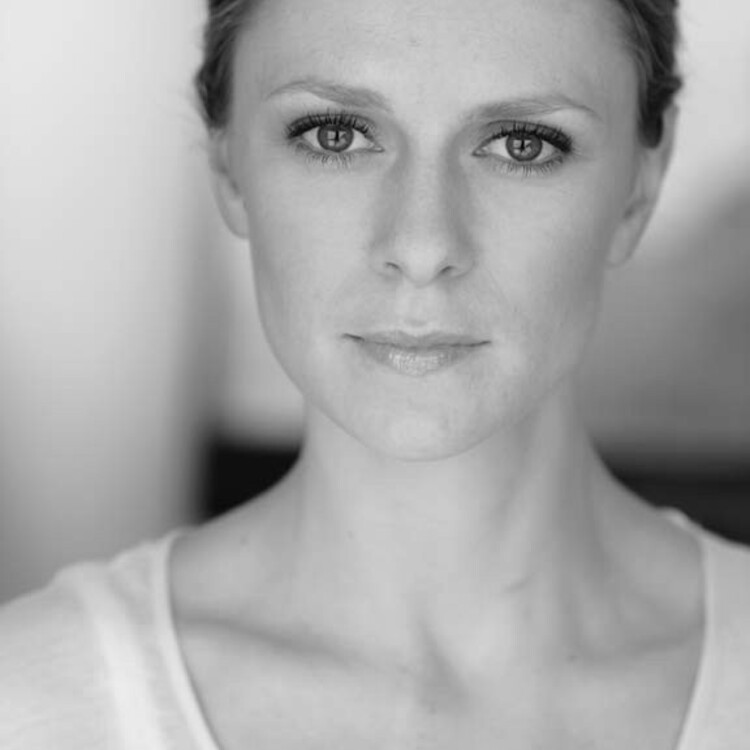
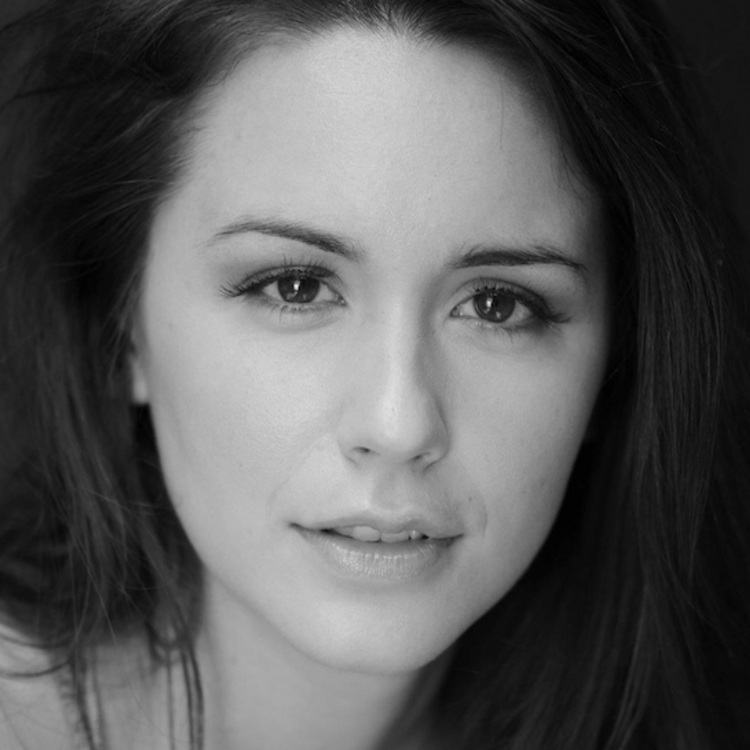
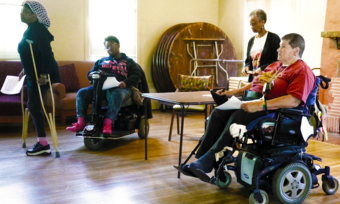

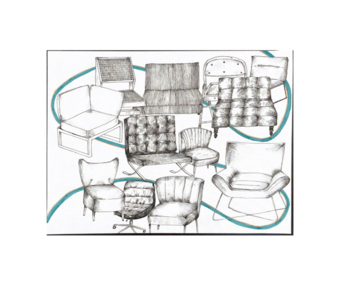


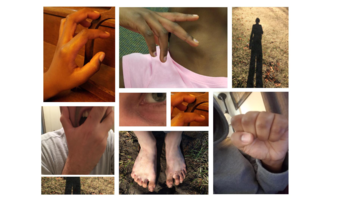

Comments
The article is just the start of the conversation—we want to know what you think about this subject, too! HowlRound is a space for knowledge-sharing, and we welcome spirited, thoughtful, and on-topic dialogue. Find our full comments policy here
What a strange and muddled article. The first sentence: "Why aren't the history books...Where are the epic poems..." Umm, the Mahabharata? The Greeks? Silvia Plath? Sojourner Truth? - there are many, even if they might require looking just a little out of the Western, White narrative. A quick Google search reveals the "mother warrior" trope to be employed far from "never," but frequently in culture high and low - it is the title of not one, but two best-selling memoirs. "To stand onstage while visibly pregnant..." Women from Karen Finley, to Audra MacDonald, to Ann Liv Young and Stephanie Roth Haberle have done so. I'm not sure what "reduced consequences," means, exactly. And it hardly seems warrior-like to ask to "give us room...to stand on stage... " As a 20+ year theater veteran and mother myself (I am pumping for my 7 month old as I write this), I am intimately familiar with the issues this article purports to address, but find the lack of context to border on omphaloskepsis.
Hi Anna, I hope Stephanie has a chance to respond, but perhaps there are a few ways that I can help clarify the context that I understood in the presentation of this piece.
While my response is extensive, I want to first fully validate your experience. I hope that you have quite a lot of support and access to visibility. My response is also extensive because of my research for parent artists, but I hope that it can provide helpful insight into the experience Stephanie articulates in her piece. We are working to establish consistent policy and protocol so that there is consistent best practice for how to support mothers in theatre. I hope that many of the obstacles mentioned here are challenged on a larger scale by the time this year closes. I appreciate your response and offer context in my reply with sincere hope for connection and hope that it may illustrate the broader realities for some parent artists to whom Stephanie's piece relates a bit more similarly. There are many individual examples of art and mothers who do not fall into the current structure, yes, but they are exceptions. The piece above is challenging the current structure of our work and our world unfortunately more commonly ignorant of mother and power and potential synonyms.
On history:
- The majority of people we've spoken to across the country have never engaged in standard survey curriculum that provided a platform for motherhood as a theme of study or celebration in spite of it's universal relevance for each person. I would wonder if the Mahabharata is considered widely included in standard history curriculum, especially for the purpose of illuminating historical mother resilience. Sylvia Plath and Sojourner Truth have reached iconic status, and carry the mother narrative with them in their elevation, but current mother narratives remain shoved into niche or caricature or reduced status, perhaps illustrating that in spite of these iconic examples, our culture refuses the icon to influence current understanding of mother role and capability - it is seen as heroic but anomalous. The Greeks perhaps is the closest example of common mother themes in literature. The "require"ment of looking outside of white, western literature is exactly the point. This piece challenges the narrative of a theatre journal in the US for a theatre steeped in the white, western narrative, and white, western literature unfortunately remains the current standard for exposure to narratives. The piece, then, asks the questions of "where are" to those of us living and working and being educated in line with that standard. Your response to present the pieces outside of the standard is exactly the response those questions should stimulate so that more pieces like those are elevated and considered and assimilated into our historical narrative and work we create.
On warrior mother:
- While Google provides online literature and memoirs, the context of the "warrior mother" trope was directly after mentioning cultural invisibility and lack of accurate representation in TV and film "no help on the subway, no strollers on the bus, no room for strollers in the aisles of the grocery store, no rooms for pumping, no serious room for motherhood as a genre, no room for motherhood and birth on stage, no room for accurate representation of birth on TV and film." - the "warrior mother" trope is a banner carried often by mothers themselves. The entire beginning of the piece is established on the following revelations as the epiphany that occurs directly after birth. The lament for lack of "warrior mother" tropes is the mourning of pedestrians engaging with mothers and entertainment portrayal of mothers as inadequate, inaccurate, and sorely lacking the recognition of the warrior element. In those areas - social status and entertainment context - the items on Google have yet to influence to the point of satisfaction, which is what the piece refers to. In fact, directly before, she address that her own revelation thrust her into absorbing every possible available narrative on it - but she had to seek it out and she did not receive the treatment or representation in media of the reality she experienced and read in the pieces that employ motherhood both "high and low." Indeed, the dissonance that you point out is exactly what is referred to when taking in the context of what she read in contrast to what she experienced in the world and saw on screen.
On performing while pregnant:
- Whenever discussing the terms of "possibility" for representation on stage or in art, such as being pregnant in a play or film, just about every disenfranchised group has individuals who represent them on larger platforms. However, these individuals succeed in spite of the lack of structural representation, and their success in no way disproves the existence of structural obstacles - the are exceptions, not examples of possibility. Karen Finley and Ann Liv Young are both extraordinary artists, but both create their own work. Freelance acting, the profession in context in the piece, is at the mercy of scripts created beforehand, and the opportunity to be a pregnant actor when the character is not pregnant but would not be changed by the presence of pregnancy, is still a professional obstacle significant enough to reduce work and remove an artist from casting consideration for an extended period of time. It's also very important to recognize Audra McDonald here. She is an extremely powerful voice for working while pregnant, and this next point should be about how mentioning how possible it is for celebrities to succeed because of a certain amount of status - and that is usually the case, and this article is about the more common reality of unknown artists getting jobs while pregnant being the real impossibility - an insurance lawsuit erupted over the possibility that Audra did not disclose her pregnancy when she should have and that reality could have possibly invalidated her entire contract. The entire show of Shuffle Along closed down because of her maternity leave because the producers didn't feel they could compensate for her absence when she was already set to take leave for doing Lady Day at Emerson's Bar and Grill. https://www.forbes.com/sites/marchershberg/2016/12/24/new-claims-in-aud… - there are certainly examples in film and TV of accommodating a pregnant person (New Girl, The Office), but these examples almost to a person have to do with career, status, and leverage - not because pregnancy is a reality accepted as part of the human form and seamlessly incorporated into art. For many, at pregnancy, auditions and work are suddenly discontinued. This reality must change. That is the piece's objective - is to question why more often than not, pregnant actresses are not considered for parts that would be unaltered by the presence of a pregnant belly when the pregnant performer is capable still of performing.
I hope these points help. For me, it is far from omphaloskepsis, it yells not for its own sake but yells outward to a world that refuses adequately to incorporate the mother. The fact that the piece yells not in isolation but in sync with other mother voices is not its refutation but its joining of a chorus, saying, our narrative must belong not just to those who are thrust into its realities after the act of giving birth but must belong commonly to everyone in our society, culture, and artistic endeavor for better understanding and inclusion, so the common mother seeking work will be seen for the capable and dynamic being she possesses herself to be.
Warmly,
Rachel
Here is the work we are doing: PAALtheater.com
Facebook.com/paalperformingarts
More writing: https://paalperformingarts.wordpress.com/
PAALtheatre.com
Facebook.com/paalperformingarts
I loved this article so much. Please write more.
Erin Dorbin - couldn't agree more. We're hoping to see many more pieces from Stephanie. There are a couple mother pieces on the PAALtheatre.com blog as well if you want to read writers in this vein. I am in full support of Stephanie writing more. Her voice is so encompassing and captures well the power of it all.
"For months after the birth of my daughter, while living in an always bleeding, sweating, and leaking body, I experienced a perpetual shattering of my identity."
Wonderfully written. I have never felt both so out of control and so proud of my body as those first weeks after giving birth.
Marley Giggey - same. And congratulations to you and your little one - the very act is fierce and powerful. Thank you for your solidarity.